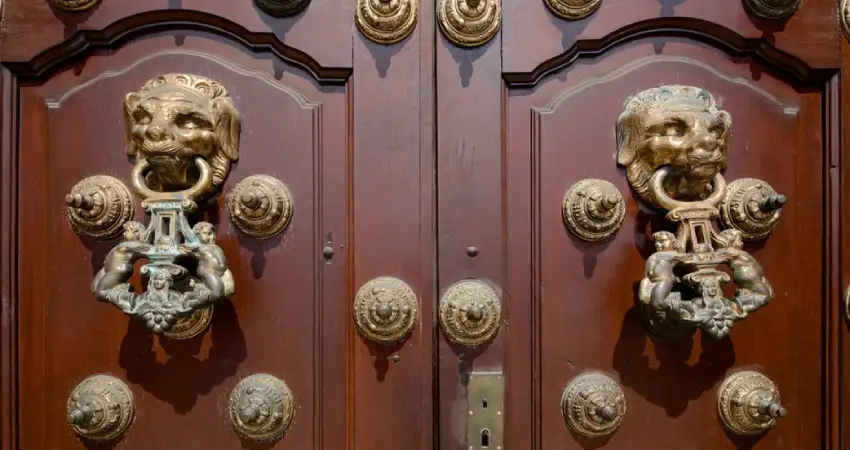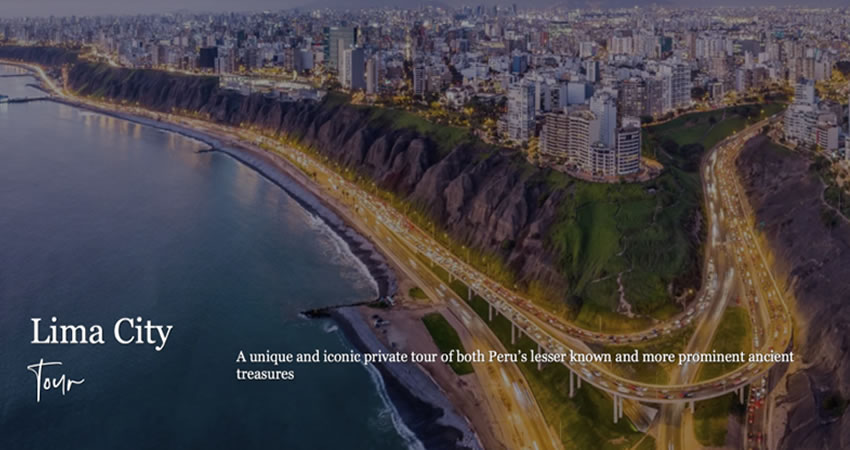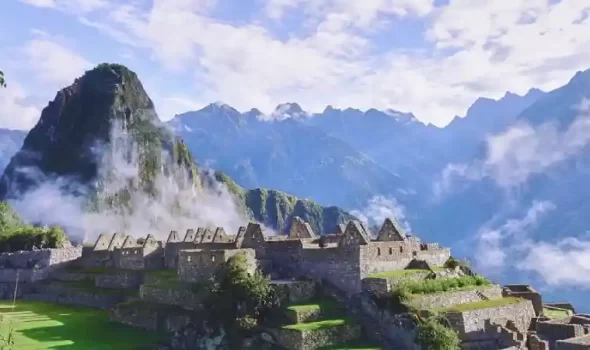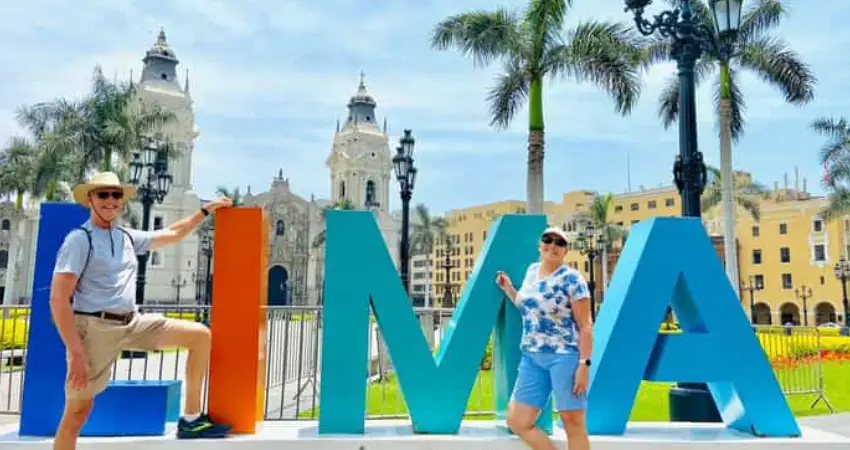
1.- OVERVIEW OF THE PLAZA DE ARMAS IN LIMA
We can assure that it is like an unwritten rule that when visiting a new city in your list of destinations you should try to know all its history from beginning to end in order to understand a little bit about where you are. It is the same for travelers who come to visit the city of the Kings in one way or another arrive at some point to the Plaza de Armas in Lima, this becomes an unforgettable experience for many because near the Plaza de Armas in Lima are also many tourist attractions with hundreds of years old which gives a cultural touch of history that added to your experience will make it more incredible.
The Plaza de Armas in Lima or also known as Plaza Mayor has an extension of 140 square meters and although it is currently known as the heart of the city of the Kings during the sixteenth century was also the main base of the Spanish colony throughout the continent, however the passage of time does not forgive and this caused many of the buildings were falling little by little, within all the buildings none is clearly original from the time of Pizarro, many were restored or modernized with the passage of time, however in the center of the Plaza de Armas in Lima you can appreciate an incredible fountain made entirely of bronze which was made in 1650.
Of course the Plaza de Armas in Lima contains a lot of history, however, we also want all travelers to enjoy their stay, that is why there are multiple options to do leaving from the Plaza de Armas in Lima, some of these can be close enough to walk and in some other cases really take a transport, among the main ones we have:
- Choco Museum
- Aliaga House
- Central Museum
- Santo Domingo Church
- Larco Museum
- San Francisco
- Magic Water Circuit
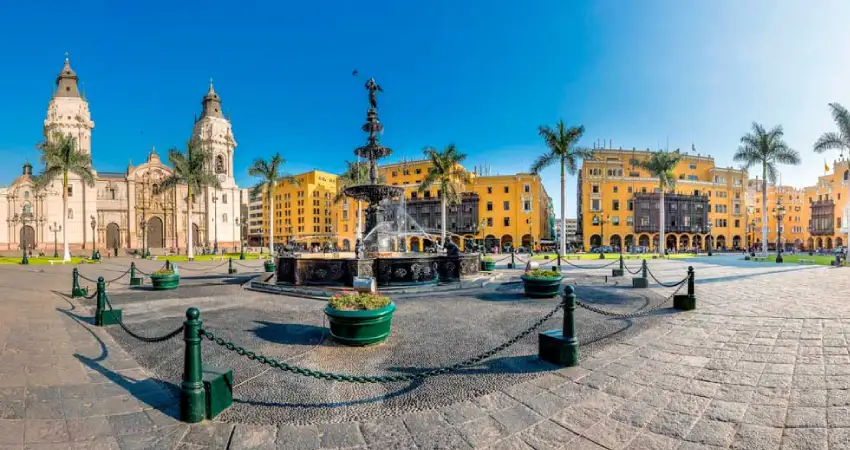
2.- HISTORY OF THE PLAZA DE ARMAS IN LIMA
As the heart of the city, the Plaza de Armas in Lima was created in 1535 by Francisco Pizarro but who really gave the orders was King Carlos I, who ruled Spain at that time, very typical of his culture and belief when he saw the completion of the Plaza de Armas in Lima, he buried a small wood in the middle of everything in order to symbolize the place of punishment for those people who used to rebel against him and the crown.
In the same way the distribution of spaces was made where it was indicated where the main buildings such as the cathedral and a palace that today we know as the government palace were to be built, later it was the viceroy Garcia de Sarmiento who ordered the construction of a bronze fountain that can still be seen today in the middle of the Plaza de Armas in Lima. Something that shares with other main squares of Peru such as Arequipa or Cusco is that during the colonial times the Plaza de Armas in Lima was used as a market and even as a bullring where the main festivities and activities of the city were held, of course it also witnessed many historical events such as the punishment implemented by the Holy Inquisition, the execution of rebels against the crown, the declaration of independence and many other moments.
Its structure was changing over time and only in 1855 when Ramon Castillo was president of Peru, the Plaza de Armas in Lima got its elegant image as they began to build gardens and street lighting was implemented, only in the twentieth century the Plaza de Armas in Lima acquired its final form which is the one we know to this day keeping many of the buildings as the distinctive balconies of the scribes, at present the Plaza de Armas in Lima is the center of political power and at the same time a unique attraction that you must visit.
| “The person who returns from a trip is not the same person who departed.” |
3.- MAIN ARCHITECTURAL STRUCTURES OF THE PLAZA DE ARMAS IN LIMA
3.1.- Government Palace
Of all the Plaza de Armas in Lima, it is undoubtedly the most important and historic building. Historically speaking for the Inca culture, the space where the government palace is currently located was destined for religious purposes, however after the Spanish conquest in 1535 Francisco Pizarro ordered the construction of this building in the same place with the intention of showing the imposition of European power over the Andean. Although the original building was destroyed due to earthquakes or fires with the passage of time restoration work was carried out, making this building has become one of the main attractions for travelers who come to visit the Plaza de Armas in Lima. In its interior there is a very old tree that is said to have been planted by Pizarro himself.
Something quite particular about this building located in the Plaza de Armas in Lima, is that at noon the changing of the guard takes place, which represents a spectacle worth watching, a moment in which the guards as blue and scarlet uniform are relieved by the second shift to guard the government palace. Besides being the place where the government currently resides, it is for the element a historical building since it contains in its interior many historical pieces that narrate the history from its point of view as one of the main witnesses of the events that occurred over time in the Plaza de Armas in Lima.
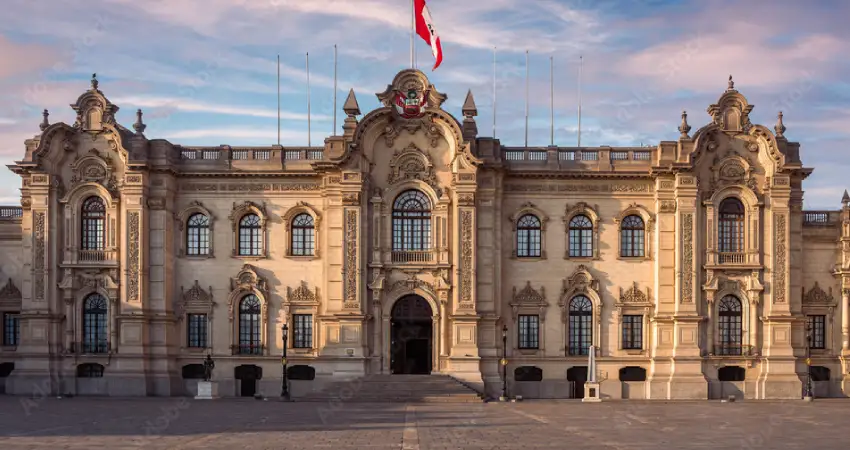
A WITNESS THAT CANNOT SPEAK
“The Plaza de Armas in Lima has witnessed historical moments that changed the course of Peruvian history, undoubtedly the most important occurred on July 28, 1821 when Don Jose de San Martin made the proclamation of the speech of the independence of Peru in front of thousands of Peruvians in the Plaza de Armas in Lima who witnessed the end of the colony and the birth of the Republic, which made us a free nation until today.”
3.2.- Cathedral and Archbishop’s Palace
One of the important aspects that brought us the Spanish conquest is undoubtedly the Catholic religion and proof of this is that in every city of Peru there is a main church called cathedral, of course in the case of the city of the Kings is the same way and what better place to locate it in the heart of the city that is to say in the Plaza de Armas in Lima. It was Francisco Pizarro in the year 1535 who placed the first stone of this place, of course later due to natural disasters such as earthquakes caused its destruction and in 1746 it was rebuilt with a baroque and neoclassical style. Something that many people do not know is that Francisco Pizarro is buried here since you can find an arch and his tomb decorated in mosaic.
Parallel to the Plaza de Armas in Lima we can also find the archbishop’s palace which is finely decorated with works made in cedar and mahogany as well as tiles from Seville, the first level of the archbishop’s palace is mainly used to expose pieces of religious art similar to a gallery, while the second floor is used by the same archbishop of Lima to perform their official duties according to the church, of course it also contains unique pieces of history which are rarely shown to the public, but for those who come to request something to the archbishop can appreciate the incredible furniture that are still used to this day, during your visit to the Plaza de Armas in Lima maybe you can not appreciate its interior but I assure you that just seeing it from the outside to understand why it is one of the most important religious buildings in the city of the Kings.
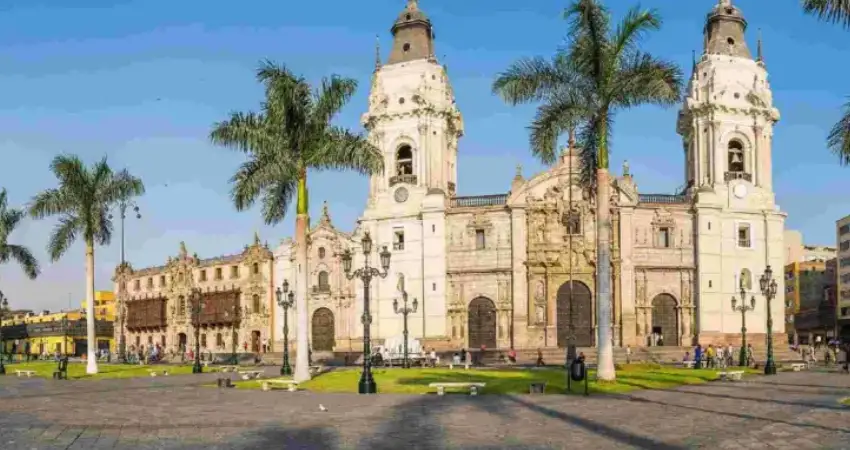
Your trip will definitely not be complete if during your stay in the city of the Kings you do not get to visit the Plaza de Armas in Lima. To facilitate your planning you can rely on Auri Peru, we design customized experiences that exceed the expectations of each client, contact us to find out how you can take the first step and immerse yourself in the history of the capital of Peru.
“Today one part of me wants to go on a trip and the other part of me wants to go on a trip too.”




